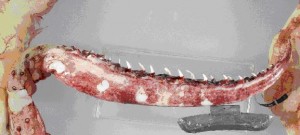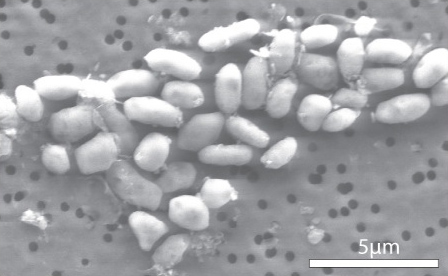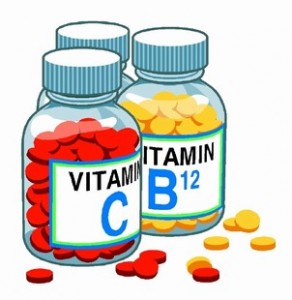Many people go on their daily jogs to stay in shape or to get in better shape over time, these long jogs are popular because they are relaxing and enjoyable, while they still elicit a nice sweat at the end to make it all feel worth while. However, for those who are intent on burning extra fat during their busy schedules, there is a more efficient and rewarding routine, one that could take only 15 minutes out of the day, known as High Intensity Interval Training (HIIT). Here is an example of a routine:
Interval training entails maximum effort for a short duration, and a longer rest period, while repeating again and again. This method brings out a big response from the body because it is so demanding, and that is why this form of exercise is also great for many high intensity sports such as basketball and football. These facts are summarized in the following video:
About HIIT benefits for sports (by BodyPerformanceTV, https://www.youtube.com/watch?v=ulPnlyWURz4&playnext=1&list=PLB33940F0924CA1F8&feature=results_video)
One of the other major effects of HIIT that trumps long and less-intense ‘cardio’ sessions is the fact the your body still burns calories well throughout the day after the exercise is complete! Also, keep in mind that interval training will take less than half of the time, and will burn more calories in-session if done with 100% effort. The following are the results of a small study that examined the overall effects of HIIT vs regular cardio:

Results of 2 groups tested: HIIT vs regular cardio, fat loss compared in pounds. (musclecoach.com, http://cdn.shopify.com/s/files/1/0069/0032/files/high-intensity-interval-training-workouts_grande.jpg?105628)
Thus when solely considering the most effective and efficient means to losing fat through cardio-like activity, interval training is truly superior to less-intense jogs in that it takes less than half an hour to get a workout in and it burns many more calories, throughout the day. So if time is not on your side, don’t let a busy schedule deter you from your goals and adopt a workout routine that can involve interval training.
By Surbinder Bolina
























